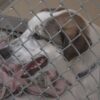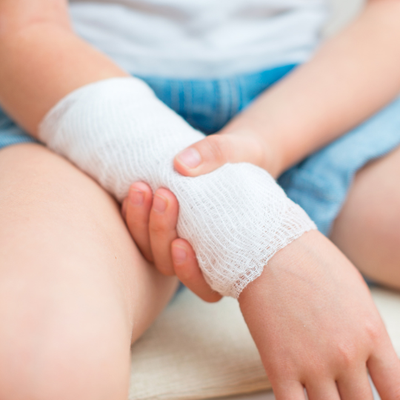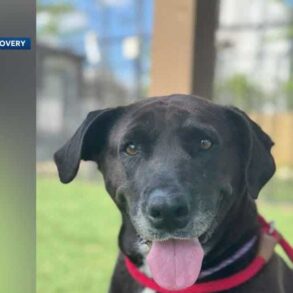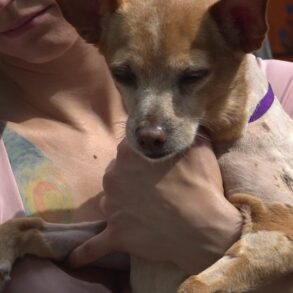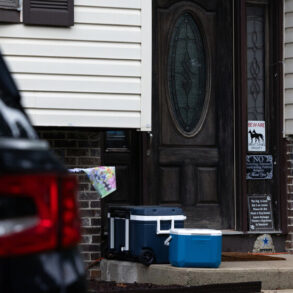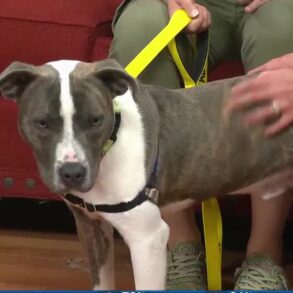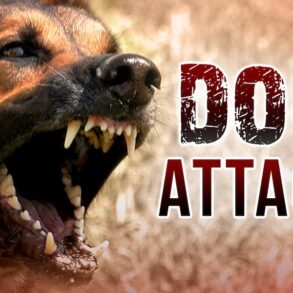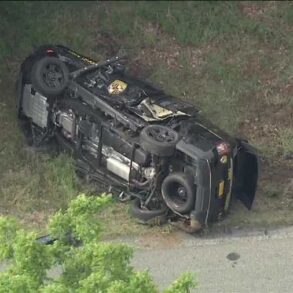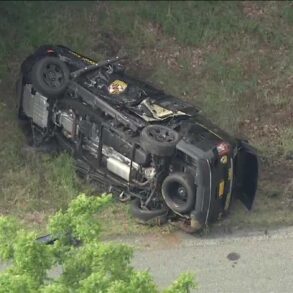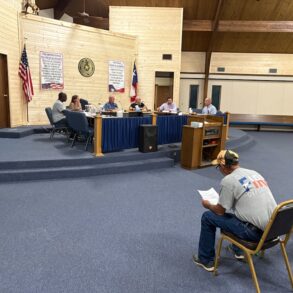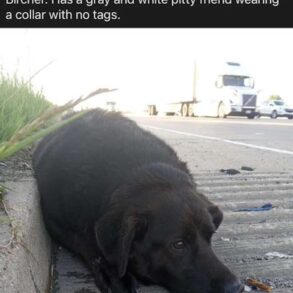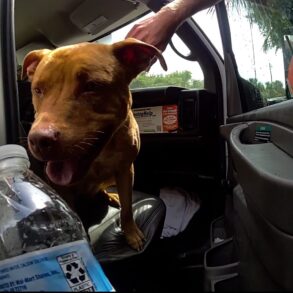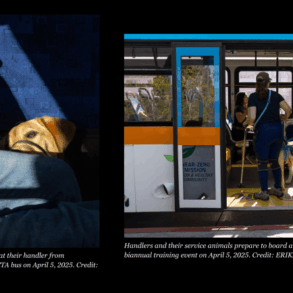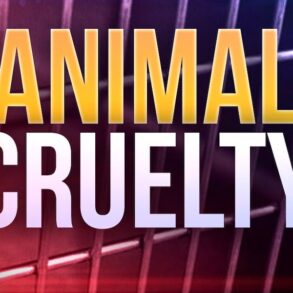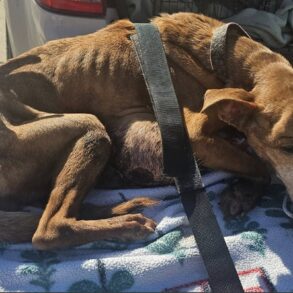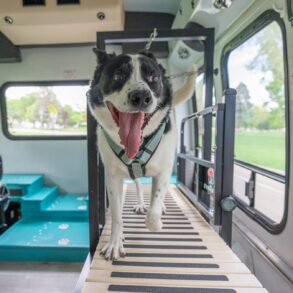Dog bites are a leading cause of pediatric emergency department visits. Every year, more than two million children are bitten by dogs. Children under nine are most likely to be bitten, while children under six are at higher risk of severe injuries—the majority to the head or neck.
Dog bites occur most often during summer. And with nearly 60 million U.S. households owning a dog, it’s important for parents to know what to do if the unexpected happens.
According to Dr. Anne Brayer M.D., Professor of Emergency Medicine, Pediatrics and the Center for Community Health, and Director of the Injury Free Coalition for Kids of Rochester, and Dr. Elizabeth Murray D.O., M.B.A., Pediatric Emergency Medicine Physician, most pediatric dog bites are caused by the child’s own pet inside the child’s home.
“We also see a lot of pediatric dog bites involving the grandparents’ dog,” Dr. Brayer said. “The young child may not know how to behave around a dog, and the grandparents’ dog isn’t used to engaging with children.”
If it happens, it’s vital to act quickly.
First Steps After a Dog Bite
The first thing a parent should do is separate the dog and the child to prevent any further injuries.
Once there is no further risk of injury, it’s time to assess the wound.
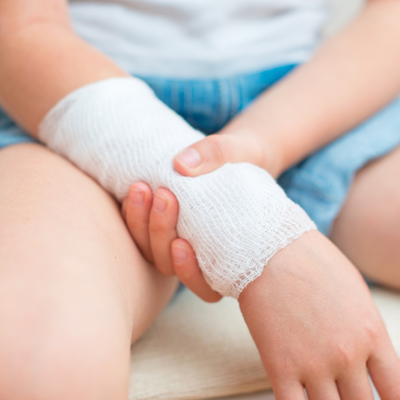
- If the wound is superficial and the skin isn’t broken, it can be monitored at home and no further treatment is necessary.
- If the wound is bleeding or open:
- Apply direct pressure to control bleeding
- Rinse with clean water if possible
- If the wound is gaping, seek emergency medical attention.
When to Seek Medical Attention
When and where to seek medical attention depends on the severity of the wound.
Parents should bring their child to the emergency department if:
- The child is younger, particularly if they are under 5 years old
- The bite involves the face or neck
- The wound is large or bleeding heavily
- Sedation might be needed for cleaning or repair
An urgent care visit is appropriate when:
- The wound is of minimal to moderate severity
- The wound is not on the face or neck
- The child is older
Signs of Infection
Dog bites that break the skin pose an infection risk. Parents should monitor for signs of infection, especially within the first 48 hours.
Symptoms that an infection is growing include:
- Redness that spreads
- Swelling and tenderness
- Pus or drainage
- A feeling of warmth around the bite
- Fever
Bruising, a common occurrence after a dog bite, may be mistaken for an infection. However, bruising is typically darker in color and purple-toned; infections are bright red and warm to the touch.
Treatment Considerations
Treatments after dog bites may include antibiotics, tetanus shots, or rabies shots.
Antibiotics may be prescribed if the wound had to be closed with sutures, or if there are factors that make the child especially susceptible to infection.

A tetanus shot may be given if the child has not had a booster within the last five years, or if they did not receive their primary series of DTaP.
Rabies shots are typically only needed if the dog’s vaccine status is unknown. All dog bites are reported to the county health department, which will investigate the dog’s health record and provide guidance on next steps regarding rabies protection.
Bite Patterns in Children vs. Adults
“Most adults are bitten on the hand, while children are usually bitten on the face,” says Dr. Brayer. “Overall, pediatric bites are more serious in nature because of the size differential.”
Additionally, children are at higher risk of receiving multiple bite wounds during a single incident.
Talking to Kids After a Bite
After a dog bite involving a family pet, it’s not just the physical injury that needs attention. The emotional impact on a child can be just as significant. Dr. Elizabeth Murray, Pediatric Emergency Medicine Physician, emphasizes the importance of the words parents use in the aftermath of these incidents.
“So often, parents talk about how the dog will be put down or given away,” she explains. “For young children, they will interpret this as it being their fault that the dog was removed from the family, when in reality it’s not the child’s fault.” Young children are especially vulnerable to internalizing blame after a traumatic experience. Even if they did nothing wrong, they may assume responsibility if their pet is removed or euthanized because of the bite. That sense of guilt can lead to lingering emotional distress, fear, or confusion. Parents should be vigilant about using reassuring, blame-free language while validating their child’s feelings around the incident.
Prevention Tips for Parents and Caregivers
While not all dog bites are avoidable, many incidents can be prevented.
“Parents should be cognizant that children shouldn’t approach unknown dogs,” says Dr. Brayer. “They should also teach their children to be gentle with dogs,” specifically avoiding rough play, tail pulling, or riding on the pet’s back.
Dr. Brayer adds that many of the dog bites she sees are food-related, emphasizing the importance of keeping children away from dogs while they’re eating.
If visiting a home with a dog, parents should closely supervise their children and always stay within close range.
A little caution goes a long way in keeping kids safe from dog bite injuries. The bond between a child and a dog can be uniquely special, and it’s worth protecting through awareness, education, and care.
About the Injury Free Coalition for Kids of Rochester
The Injury Free Coalition for Kids of Rochester (IFCKR) is a community-focused injury- prevention program based at the University of Rochester Medical Center. Its mission is to reduce unintentional injuries through education, advocacy, and collaboration. Through its comprehensive approach, it plays a vital role in safeguarding the health and well-being of children in the community.
This post was originally published on this site be sure to check out more of their content.


